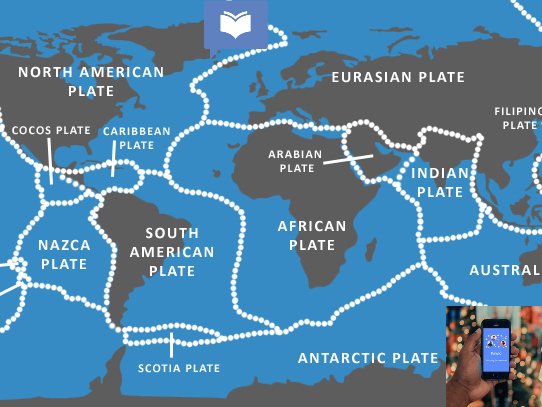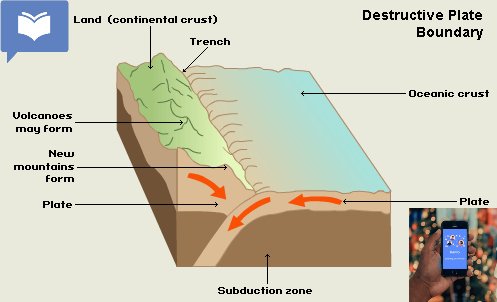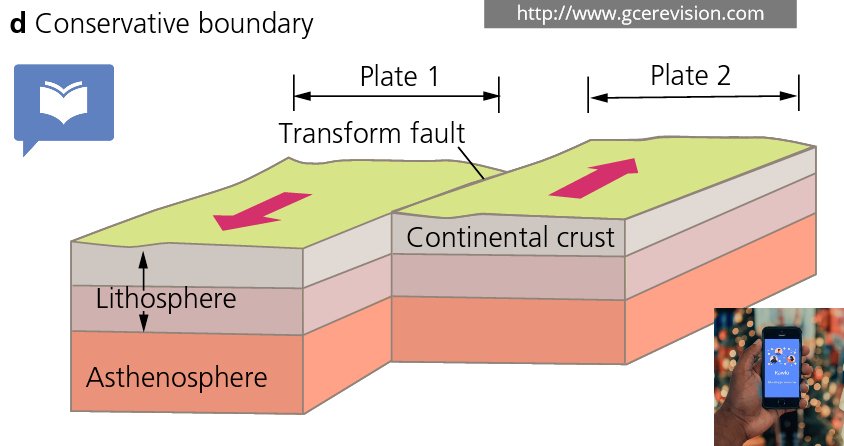THEORY OF PLATE TECTONIC
As see on the THEORY OF CONTINENTAL DRIFT, Theory of plate tectonic is a theory that explains the regular movement of rigid parts of the earth crust called “Plates” away from each other, towards each order or slighting passed each other. Plates are any of the large rigid sheets of rocks that make up the earth surface.
There are two types of plates
- Continental plates: which consist of both continental crust (Sial) and oceanic crust (Sima)
- Oceanic Plates: which consist of oceanic crust plate vary in size. Some are quite large.
Plates differ in size; some are really large.
| Large plates | Small Plates |
| African plate | Nazca Plate |
| North American Plate | Philippine Plate |
| Eurasia Plate | Cocos Plate |
| Southern American Plate | Caribbean Plate |
| Indo-Australia Plate | Iran Plate |
| Pacific Plate | Adriatic Plate |
| Antarctic plate | Arabian Plate |

Diagram of distribution of plate
The plates weather small are in constant relative movements, moving on soft mobile zone with an average velocity of 13 cm per year in motion they wither slide pass each other which form Conservative margin they also converge or collide (convergent) and thirdly they move apart which they form divergent plate margins.
Types of Plate margins and their features
The boundary between plates or where two plate make contact is known as a plate margin or plate boundary. The types of plate margin include;
Constructive margin,
destructive margins and
conservative or passive margins.
Constructive plate margins:
This are plate margins found where two plates diverge or move away or move apart from each other and new crust is created at the boundary. When plates move apart beneath a continent. The tension force of the moving plates produces cracks called fault and continents is slowly Brocken up. The zones at faults often developed into a valley called a rift valley which may be occupied by a sea. The Red sea is located in such a valley examples of constructive margins are Mid-Atlantic Ridge (America Moving away from Eurasia) and Africa plates, East pacific East pacific rise (Nazca and pacific plate moving apart).

Diagram of constructive plate margin
Destructive Margins
This occurs when continental and oceanic plate converge or collide when an oceanic plate and continental plate move toward each other. The edge of the oceanic plate is bent underneath the edge of the continental; plate and the rocks along the edge of the oceanic plates are absorbed into the mantle. Regions where this happens are called Zone of subduction. Active zone of subduction occurs off the coast of japan California occur off the coast of south American, in this regions the edge of the oceanic plate is bent down into the mantle as the continents plate “rides up” over it. This causes trench to form the jives trench is a good example.
When continental plat collides. The edge is not bent down into the mantle instead they crumple.
The Himalayas are fold mountains produced in this way.

Diagram of Destructive plate margin
Conservative Plate Margins.
Conservative margins occur when two plate moves parallel or nearly parallel to each other. Although frequent earth tremors and occasional severe earthquake may occur as a consequence of the plate trying to slide each other. The margin between crustal rock or being either created or destroyed here. The pronounced transform faults. The sun Andreas fault is the most mutinous of several hundred known transform is California.








